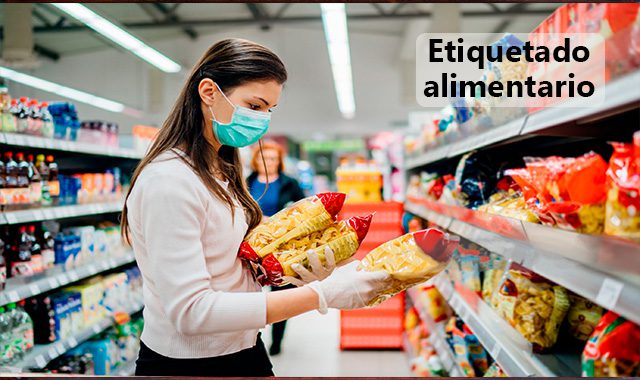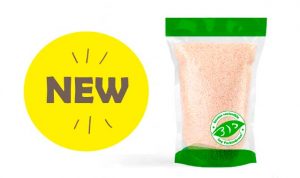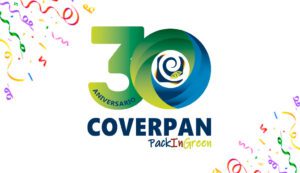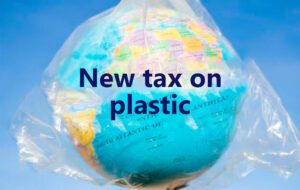The origin of labelling regulation is linked to the development of consumer protection policy. European legislation regulates labelling affecting certain products such as food, textiles or cosmetics.
Transitional labelling measures
On 29 March, Aesan published an information note about exceptional and temporary labelling measures within the framework of Regulation (EU) 1169/2011, in order to answer the concerns of operators in view of the situation that has arisen due to the armed conflict between Russia and Ukraine.
Royal Decree-Law 6/2022 published in the Official State Gazette on 29 March 2022 contains several urgent measures within the framework of the National Response Plan to the economic and social consequences of the war in Ukraine. These measures include the following points:
1. As long as the availability of certain ingredients may be affected for supply reasons, the obligations to inform consumers are set in Regulation (EU) No 1169/2011 of the European Parliament and of the Council of 25 October 2011 on the provision of food information to consumers and amending Regulations (EC) No 1924/2006 and (EC) No 1925/2006 of the European Parliament and of the Council and repealing Commission Directive 87/250/EEC, Council Directive 90/496/EEC, Commission Directive 1999/10/EC, Directive 2000/13/EC, Directive 2000/13/EC and Directive 2000/13/EC shall be deemed to be fulfilled. No 1925/2006 of the European Parliament and of the Council and repealing Commission Directive 87/250/EEC, Council Directive 90/496/EEC, Commission Directive 1999/10/EC, Directive 2000/13/EC of the European Parliament and of the Council, Commission Directives 2002/67/EC and 2008/5/EC, and Commission Regulation (EC) No 608/2004, and repealing Commission Regulation (EC) No 608/2004. No 608/2004, through the use by food business operators of labels or stickers, ink-jet printing or other equivalent systems that collect updated information on which ingredients have been used to replace those previously used, with the presence of allergens being reported in all cases.
2. In addition, food business operators, both manufacturers and retailers, may use complementary tools (such as QR codes, websites or posters in the point of sale) to convey the information to consumers, depending on their available resources. These tools are not considered equivalent to stickers or ink-jet printing and may only be used as a complement to the updated information on the labelling of the product packaging. In any case, the information shall not mislead consumers.
3. In the event of having to use packaging of previously manufactured products, with information on the composition of the product or product name different from that finally used for its manufacture, the food business operator must add an adhesive label, ink-jet or equivalent system that cancels this information, and must cancel the declaration of the ingredient that has been replaced, both in the sales name and in the list of ingredients, as well as any other graphic element that could mislead consumers as to the real composition of the product.
4. It shall be ensured, in any case, that this information is easily visible to consumers and clearly legible, in characters using a font size in which the height of the x, as defined in Annex IV to Regulation (EU) 1169/2011 of the European Parliament and of the Council of 25 October 2011 referred to above, is equal to or greater than 1.2 mm, as provided for in Article 13 of that Regulation.
The measure is positive as it helps the different operators in the supply chain to adapt the labelling of their products to the current situation and to provide food information.
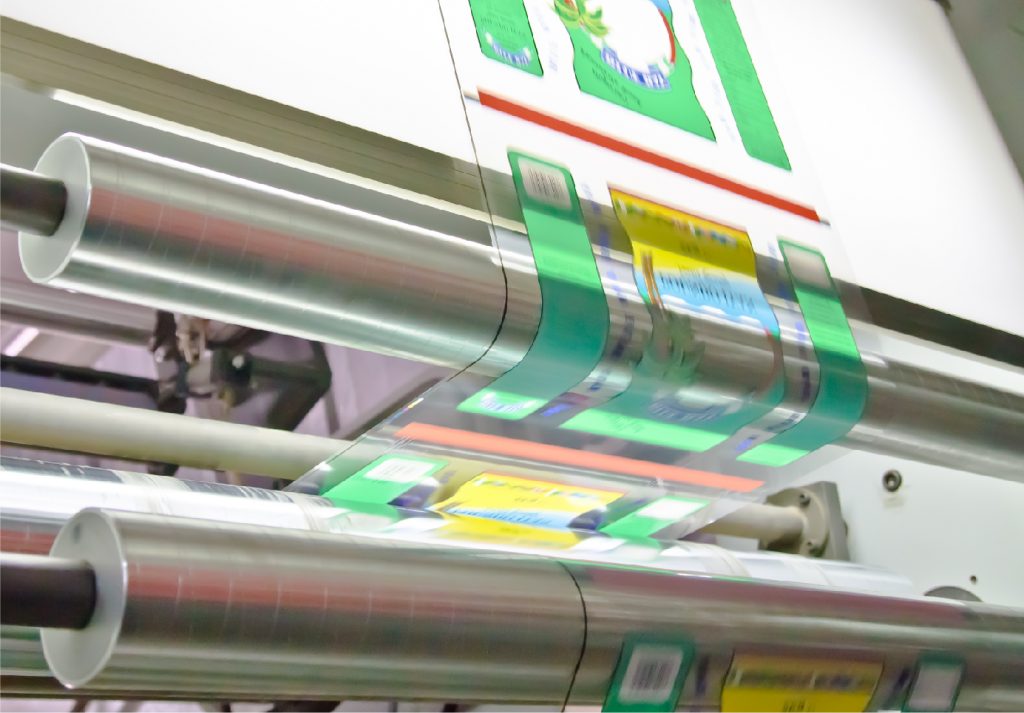
Mandatory contents for a label or packaging
● Sales denomination or name of the product.
● List of ingredients preceded by the word “Ingredients” and consisting of a list of all ingredients of the product in descending order of weight.
● Where an ingredient is part of the trade name of the product or is highlighted in any way, the % shall be indicated in the list of ingredients.
● Sodium is replaced by Salt.
● Allergens if any, naming those ingredients and substances which may cause allergies or intolerances.
● Net weight (3 mm).
● Nutritional information.
● Expiry date and batch.
● Storage and/or use conditions.
● Name or company name of the manufacturer or packer.
● Country of origin or place of provenance.
Sustainability and food labelling
The sustainability of the food supply chain is a key element in both the Farm to Fork Strategy and the European Green Pact.
The EU is considering how to convey information on sustainable food, labelling and packaging, but in the current absence of specific legislation, the development of a common initiative and implementation in all areas related to the food industry is being considered.
Increasingly, logos and other graphic elements are being incorporated into food labelling to reinforce messages about the characteristics of the products.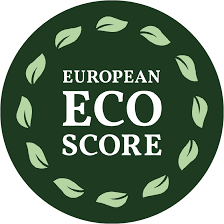 One of the latest to be added to this list is the European Ecoscore, which has been launched as an indicator to convey information on the environmental impact of food and textile products.
One of the latest to be added to this list is the European Ecoscore, which has been launched as an indicator to convey information on the environmental impact of food and textile products.
The aim of the European citizens’ initiative is “to introduce a European Ecoscore, i.e. an indication of the environmental impact of products manufactured and sold on the European market”.
Both the aspects that we expect to be developed in European legislation and the voluntary initiatives contribute to the consumer receiving information with the greatest transparency that will help them to consume in a healthier and more sustainable way.
This is the direction in which initiatives such as Nutriscore are heading, as we all know, in the case of information on nutritional characteristics to help achieve a healthier diet. If we talk about sustainability, then we have to bear in mind not only the example of European Ecoscore, but a whole battery of actions linked to “carbon footprint” or “water footprint” indications, these are just a few examples of how the volume of voluntary information is increasing.
The EU is trying to process all these concerns and social initiatives to shape the regulatory framework applicable to food labelling and harmonise criteria for the incorporation of information, both mandatory and voluntary in any of these areas.
At Coverpan we have assessed this need for labelling sustainable packaging and we created the PACKINGREEN seal available to our customers.

